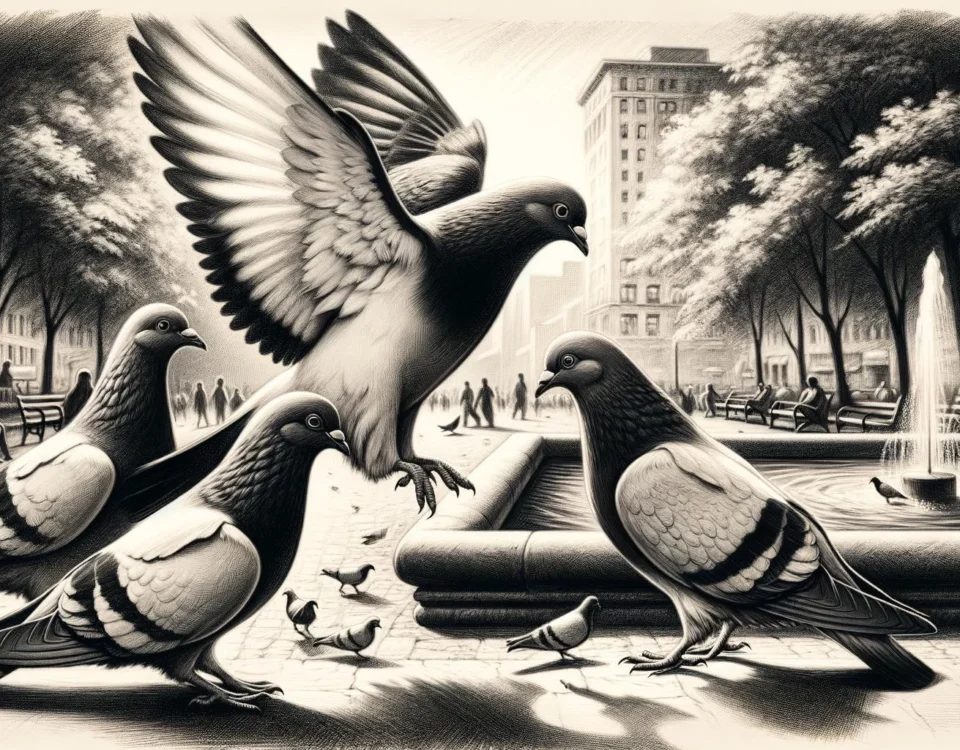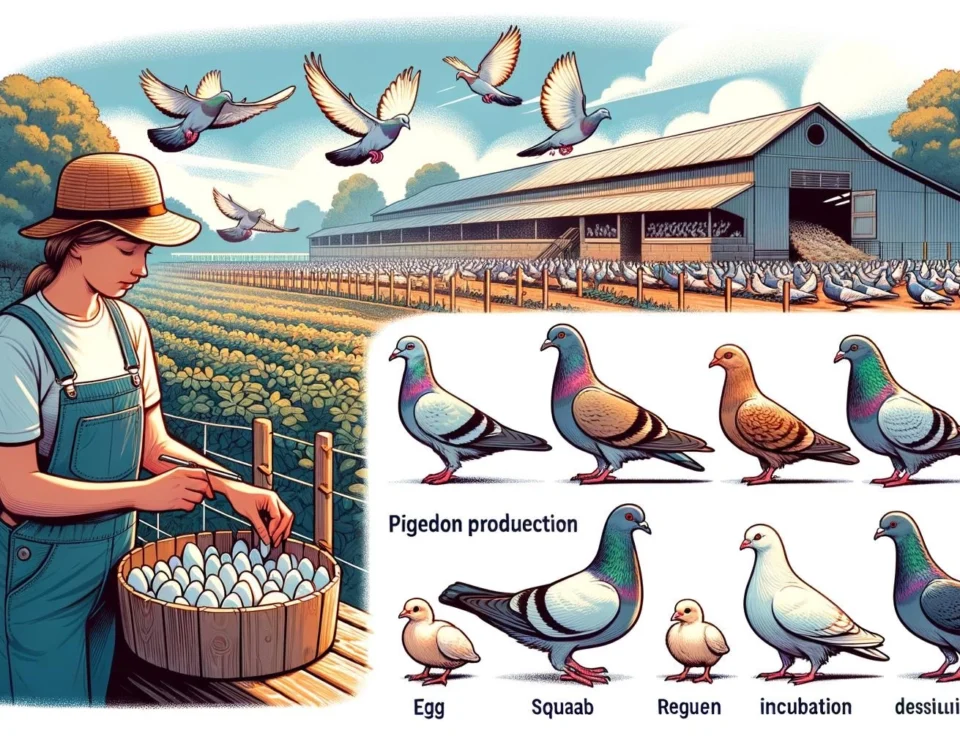Introduction
Utility pigeons, also known as utility squab pigeons, are domesticated pigeons that are bred for meat production. They have been selectively bred and trained to provide specific tasks for human use, such as carrying messages, participating in racing events, and even guiding missiles during wartime. In this article, we will explore the world of utility pigeons and their role in ecotourism.
Key Takeaways
– Utility pigeons are domesticated pigeons bred for meat production and specific tasks for human use.
– They have been selectively bred and trained to carry messages, race, and guide missiles.
– Utility pigeons are often overlooked and their preservation is a challenge.
– Ecotourism can provide a platform to raise awareness and promote the conservation of utility pigeons.
The Role of Utility Pigeons
Utility pigeons have historically played a significant role in various human activities. They have been used as messengers during war times due to their remarkable homing ability, speed, and endurance. Their ability to navigate and find their way back to their loft made them valuable assets for communication purposes. Additionally, utility pigeons have been used in racing events, where their natural competitive instinct and agility are showcased.
Apart from their roles as messengers and racing competitors, utility pigeons have been trained and used for various specialized tasks. During wartime, they were trained to guide missiles, acting as ″pigeon-guided missiles.″ This unique application of utility pigeons demonstrates their intelligence and adaptability.
Until recently, utility pigeons were also bred for meat production. Squab, the meat of young utility pigeons, has been consumed as a delicacy in many cultures for centuries. Utility pigeons have the advantage of breeding and growing quickly, making them suitable for commercial squab production.
The Challenges of Utility Pigeon Preservation
Despite their historical significance, utility pigeons face various challenges when it comes to their preservation. Utility pigeon breeds are often overlooked in favor of fancy and show pigeons, which are bred for their appearance rather than their utility. This neglect has resulted in many utility pigeon breeds becoming endangered.
Livestock preservation societies often overlook utility pigeons, as they are not considered desirable from an aesthetic perspective. This lack of attention and recognition further contributes to the decline of utility pigeon populations. Additionally, the general public is often unaware of the existence of utility pigeons, as they are not commonly found in the wild or highlighted in popular culture.
Utility pigeon fanciers, who breed and raise pigeons for specific purposes, also tend to focus more on fancy and show pigeon breeds rather than utility breeds. This preference for appearance over functionality leads to a lack of interest and investment in preserving utility pigeon breeds.
Ecotourism and Utility Pigeon Conservation
Ecotourism can play a vital role in promoting the conservation of utility pigeons. As tourists and travelers become more interested in sustainable and responsible travel experiences, ecotourism presents an opportunity to raise awareness about the importance of preserving endangered species, including utility pigeons.
Ecotourism initiatives can include educational programs, guided tours, and interactive experiences that showcase the history, significance, and conservation efforts related to utility pigeons. By highlighting the role of utility pigeons in various human activities and emphasizing their cultural and ecological importance, ecotourism can generate interest and support for their preservation.
Furthermore, ecotourism can provide financial incentives for local communities to protect and conserve utility pigeon populations. By creating economic opportunities tied to conservation efforts, such as birdwatching tours or breeding programs, local communities can directly benefit from the preservation of utility pigeons.
In conclusion, utility pigeons have played diverse roles throughout history, from being messengers in war times to participating in racing events and even guiding missiles. Despite their significance, utility pigeon breeds face challenges in terms of preservation and recognition. Through ecotourism initiatives, there is an opportunity to raise awareness about the importance of utility pigeon conservation and promote their preservation for future generations.








